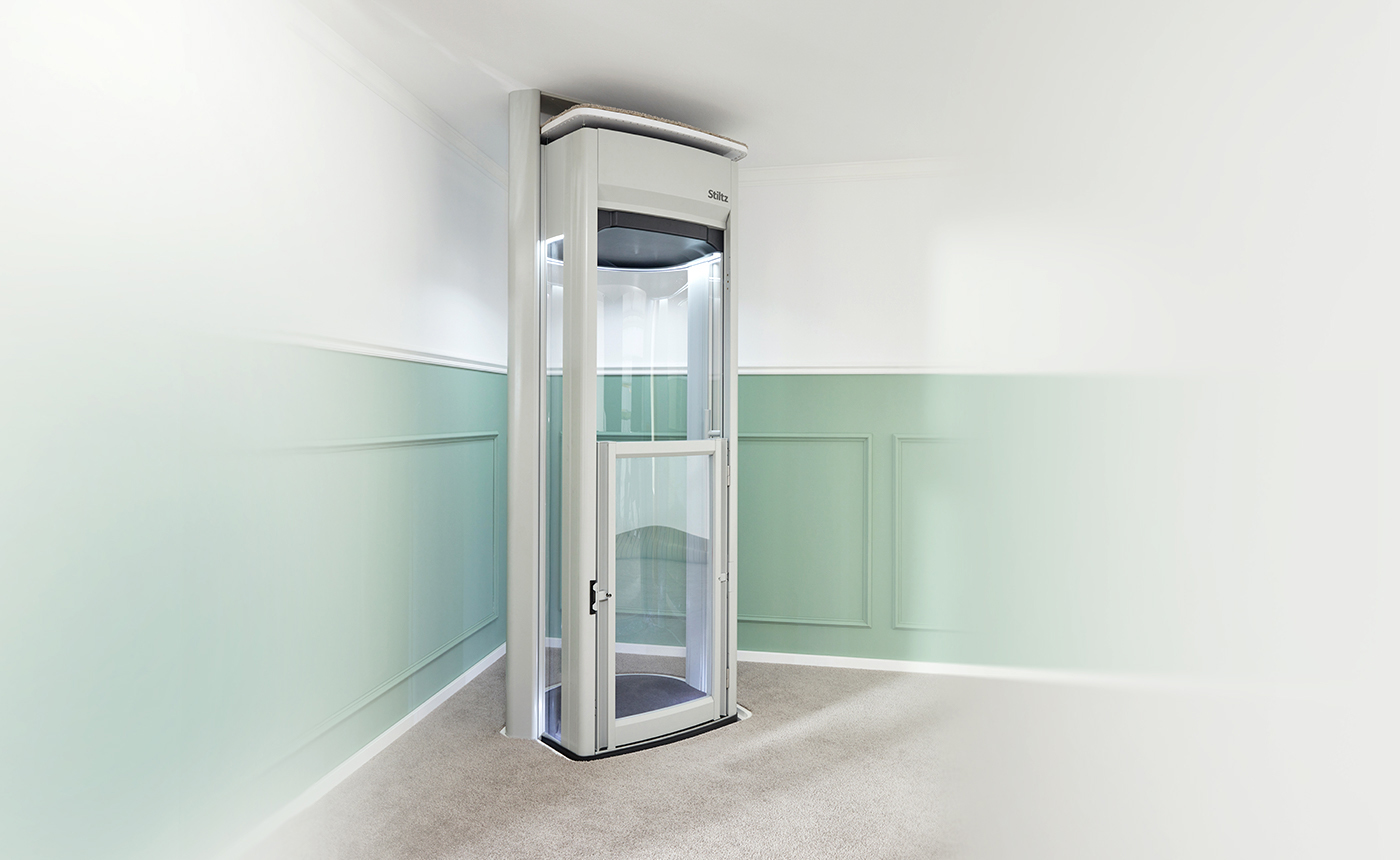London Lift Company: Trusted Experts for All Your Upright Transportation Needs
Wiki Article
Exploring the World of Lifts: Usual Issues Faced by Different Lift Devices
As we navigate through the upright transportation systems of modern-day structures, lifts attract attention as an indispensable element of our lives. However, behind their seamless operation lies a globe of detailed systems that can sometimes run into challenges. From hydraulic elevators to grip systems and machine-room-less designs, each lift kind comes with its collection of usual issues. Comprehending these obstacles is critical for making certain the smooth functioning of these crucial systems. Allow's explore the intricacies that underlie the operation of lifts and the possible issues that can arise, clarifying the detailed web of lift devices.Hydraulic Lifts
Hydraulic elevators, commonly chosen for low-rise structures, utilize fluid stress to manage the movement of the elevator auto (lift repair companies). This device involves a hydraulic pump pressing oil into a cylinder, creating the lift to move in the preferred instructions. While hydraulic elevators are known for their smooth and quiet procedure, they do come with their very own set of common problemsOne prevalent problem with hydraulic lifts is oil leakage. The seals in the hydraulic system can wear in time, resulting in oil seepage. This not only develops a mess however can additionally influence the lift's performance if left unaddressed. In addition, concerns with the control system, such as malfunctioning shutoffs or a malfunctioning pump, can trigger disruptions in the elevator's motion.
Routine upkeep and prompt repairs are vital to make certain the smooth performance of hydraulic lifts. By resolving these typical issues proactively, structure owners can lessen downtime and guarantee the security and efficiency of their upright transport system.
Traction Elevators
When taking into consideration vertical transportation systems in structures, an additional usual kind besides hydraulic lifts is the grip lift. Grip elevators run making use of a system of ropes and weights that move the elevator car by clutching onto the hoist ropes. This system permits smoother and quicker upright transport compared to hydraulic systems.One of the typical issues encountered by traction elevators is rope wear. The continuous activity of the ropes within the grip system can cause damage over time, potentially causing the elevator to breakdown or become harmful for use. Routine assessments and maintenance of the ropes are vital to make certain the lift's proper functioning and safety and security.
One more concern that traction lifts may experience is connected to the control system. Issues with the control system can bring about problems such as irregular activity, delays in response times, or perhaps full shutdowns. Routine screening and upkeep of the control system are vital to avoid such concerns and ensure the lift's integrity.
Machine-Room-Less (MRL) Elevators

Among the essential elements of MRL elevators is the compact gearless traction maker that is set up within the hoistway. This machine successfully drives the elevator auto without the need for bulky tools discovered in standard traction lifts. Additionally, MRL elevators usually make use of a weight system to balance the automobile, additional boosting their power effectiveness.
Despite their benefits, MRL elevators may face challenges connected to upkeep and repair work as a result of the constrained room for devices installation. Accessibility for servicing parts within the shaft can be restricted, calling for specialized training for service technicians. Appropriate maintenance timetables and regular examinations are crucial to guarantee the continued smooth operation of MRL elevators.
Overloading and Weight Limit Issues
Straining and weight restriction problems are vital problems in elevator operations. Elevator makers design raises with specific weight capacities to ensure traveler security and devices durability.When lifts are strained, it places extreme strain on the motor, cable televisions, and various other elements, potentially triggering malfunctions or break downs. Safety and security devices such as go to the website sensors and overload sensing units remain in place to avoid lifts from moving if they discover excess weight. Furthermore, surpassing weight restrictions can bring about increased power usage and damage on the elevator system.
To minimize overwhelming concerns, constructing managers ought to prominently display weight restrictions in elevators and educate occupants on the value of sticking to these restrictions - lift repair companies. Normal maintenance checks by certified professionals can additionally assist make certain that lifts are running within secure weight specifications. By addressing overloading and weight limit concerns proactively, structure owners can boost elevator security and efficiency
Electric System Failings
Exceeding weight restrictions in elevators can not only lead to mechanical issues but likewise potentially add to electric system failings within the lift infrastructure. Electric system failures are an essential concern in lift operation, as they can create unanticipated shutdowns, breakdowns, or also security threats. One typical electrical concern is the overheating of elements as a result of too much current flow triggered by straining the elevator beyond its capability. This can result in damage to the electrical wiring, control, or electric motor systems, resulting in pricey repair services and downtime.Routine maintenance and examinations are crucial to determine and attend to prospective electric issues promptly, guaranteeing the safe and reliable procedure of elevator systems. By sticking to weight restrictions and carrying out regular electric system checks, structure owners can alleviate the danger of electrical failures in elevators.
Final Thought

Hydraulic elevators, usually favored for low-rise buildings, make use of fluid pressure to control the movement description of the elevator vehicle.When taking into consideration upright transportation systems in structures, another typical type apart from hydraulic lifts is the traction lift. Traction elevators operate using a system of ropes and weights that move the elevator vehicle by clutching onto the hoist ropes. Unlike conventional elevators that need a separate equipment room to house the devices, MRL elevators integrate many of the parts within the shaft, removing the requirement for a dedicated equipment go now space.In final thought, lifts encounter typical issues such as hydraulic malfunctions, grip system failures, and electric system problems.
Report this wiki page